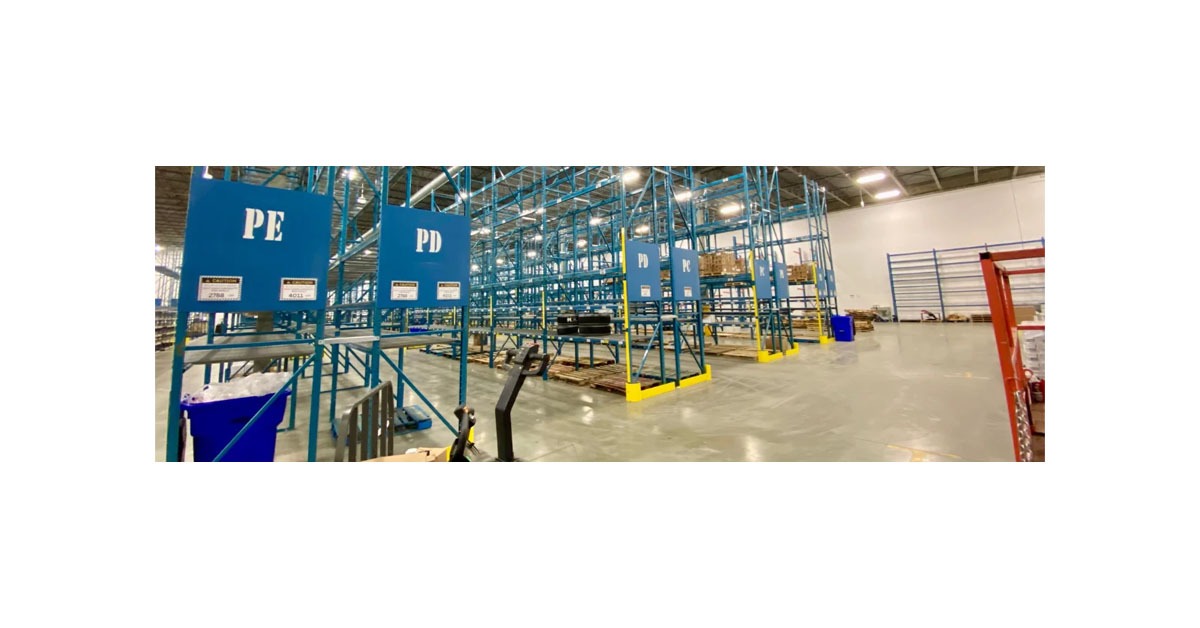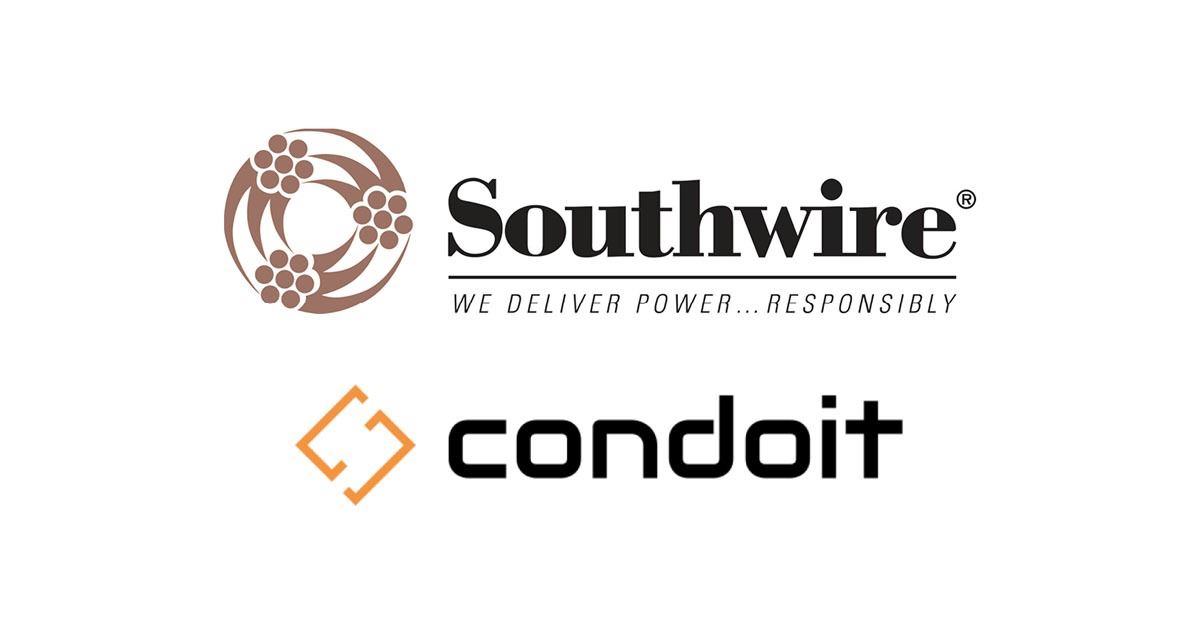Gartner Identifies the Top 10 Strategic Technology Trends for 2015

“We have identified the top 10 technology trends that organizations cannot afford to ignore in their strategic planning processes,” says David Cearley, vice president & Gartner Fellow. “This does not necessarily mean adoption and investment in all of the trends at the same rate, but companies should look to make deliberate decisions about them during the next two years.”
Gartner defines a strategic technology trend as having the potential for significant impact on the organization in the next three years.
Factors include
• a high potential for disruption to the business, end users or IT
• the need for a major investment, or
• the risk of being late to adopt.
These technologies can affect the organization’s long-term plans, programs and initiatives.
Gartners top 10 strategic technology trends for 2015 are as follows.
• Computing everywhere. As mobile devices proliferate, Gartner predicts an increased emphasis on serving mobile user needs in diverse contexts and environments. “Phones and wearable devices are now part of an expanded computing environment that includes such things as consumer electronics and connected screens in the workplace and public space,” says Cearley. “This will continue to raise significant management challenges for IT organizations as they lose control of user endpoint devices. It will also require increased attention to user experience design.”
• The Internet of things. The combination of data streams and services created by digitizing everything creates four basic usage models — manage, monetize, operate and extend. These models can be applied to any of the four “Internets.” For example, the pay-per-use model can be applied to assets (e.g., industrial equipment), services (e.g., pay-as-you-drive insurance), people (e.g., movers), places (e.g., parking spots) and systems (e.g., cloud services). Enterprises from all industries can leverage these four models.
•3D printing. Worldwide shipments of 3D printers are expected to grow 98% in 2015, and double in 2016. New industrial, biomedical and consumer applications will continue to demonstrate that 3D printing is a real, viable and cost-effective means to reduce costs through improved designs, streamlined prototyping and short-run manufacturing.
•Advanced, pervasive and invisible analytics. Analytics will take centre stage as the volume of data generated by embedded systems increases and vast pools of structured and unstructured data inside and outside the enterprise are analyzed. “Organizations need to manage how best to filter the huge amounts of data coming from the IoT, social media and wearable devices, and then deliver exactly the right information to the right person, at the right time.”
•Context-rich systems. Ubiquitous embedded intelligence combined with pervasive analytics will drive the development of systems that are alert to their surroundings and able to respond appropriately. Context-aware security is an early application of this new capability, but others will emerge.
•Smart machines. Prototype autonomous vehicles, advanced robots, virtual personal assistants and smart advisors already exist and will evolve rapidly, ushering in a new age of machine helpers. The smart machine era will be the most disruptive in the history of IT.
•Cloud/client computing. The convergence of cloud and mobile computing will continue to promote the growth of centrally coordinated applications that can be delivered to any device. In the near term, the focus will be on synchronizing content and application across multiple devices. Over time, applications will evolve to support simultaneous use of multiple devices: games and enterprise applications will use multiple screens and exploit wearables and other devices to deliver an enhanced experience.
•Software-defined applications and infrastructure. Agile programming of everything from applications to basic infrastructure is essential to enable organizations to deliver the flexibility required to make the digital business work. To deal with the rapidly changing demands of digital business and scale systems up — or down — rapidly, computing has to move away from static to dynamic models. Rules, models and code that can dynamically assemble and configure all of the elements needed from the network through the application are needed.
•Web-scale IT. Web-scale IT is a pattern of global-class computing that delivers the capabilities of large cloud service providers within an enterprise IT setting. The first step toward the Web-scale IT future for many organizations should be DevOps — bringing development and operations together in a coordinated way to drive rapid, continuous incremental development of applications and services.
•Risk-based security and self-protection. All roads to the digital future lead through security. However, security cannot be a roadblock that stops all progress. Organizations will increasingly recognize that it is not possible to provide a 100% secured environment and begin to apply more-sophisticated risk assessment and mitigation tools. Security-aware application design, dynamic and static application security testing, and runtime application self-protection combined with active context-aware and adaptive access controls are all needed in today’s dangerous digital world. This will lead to new models of building security directly into applications.











